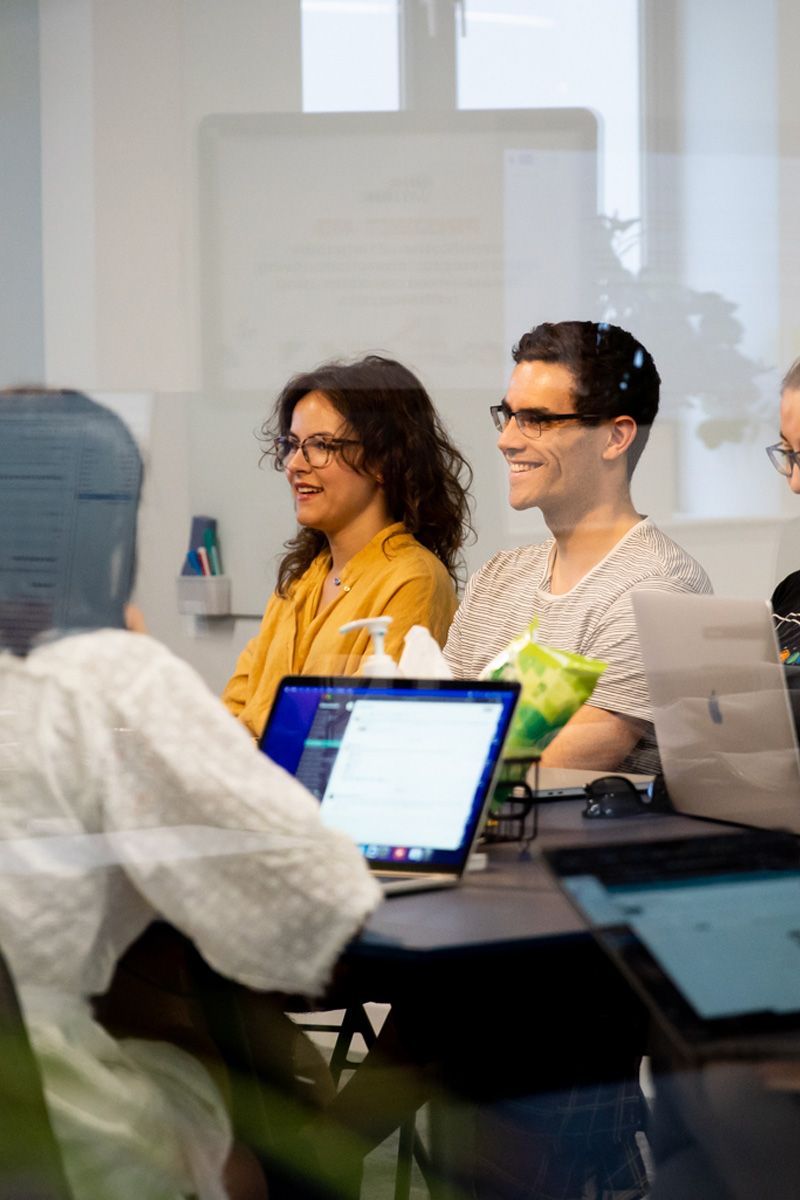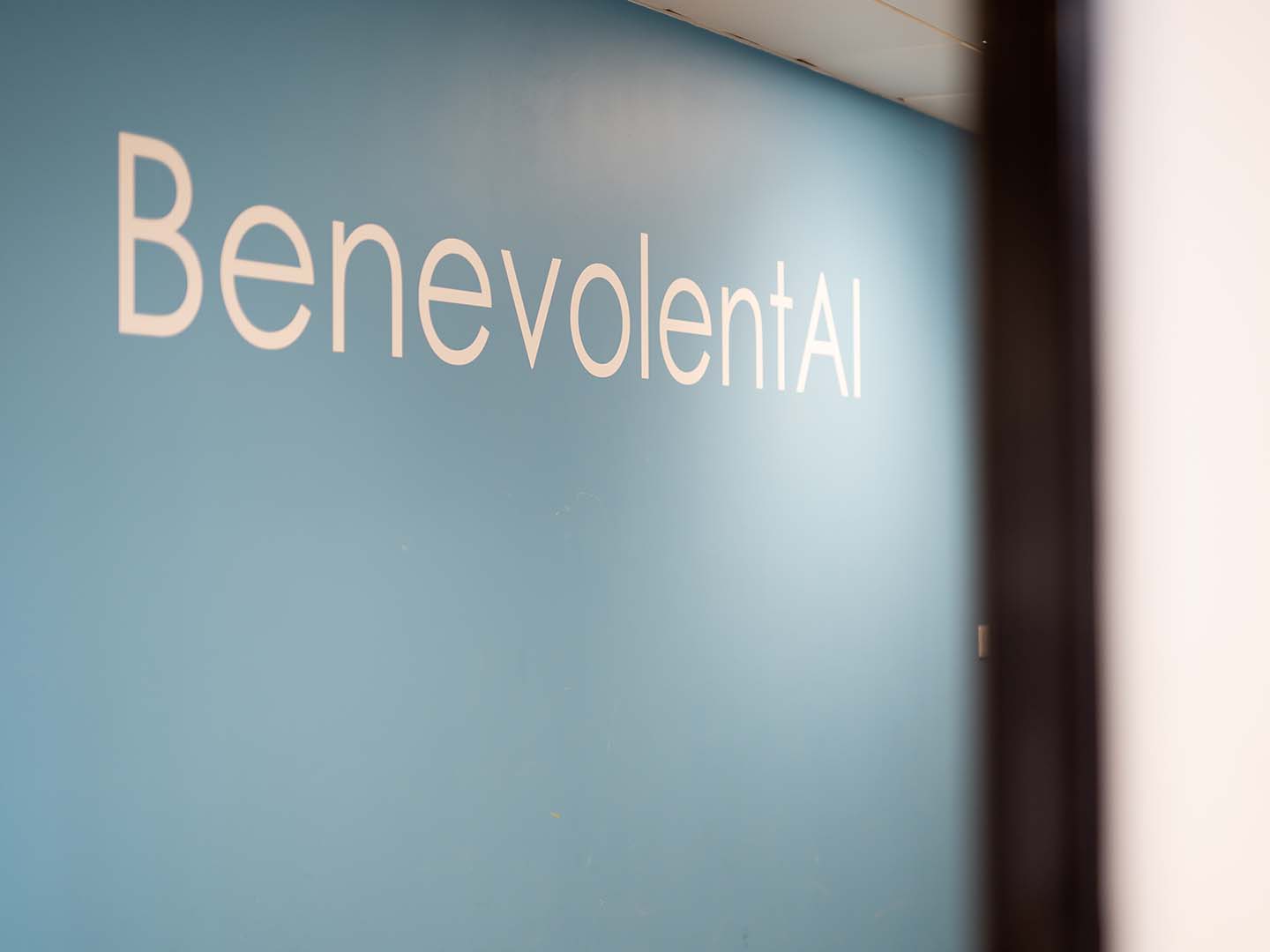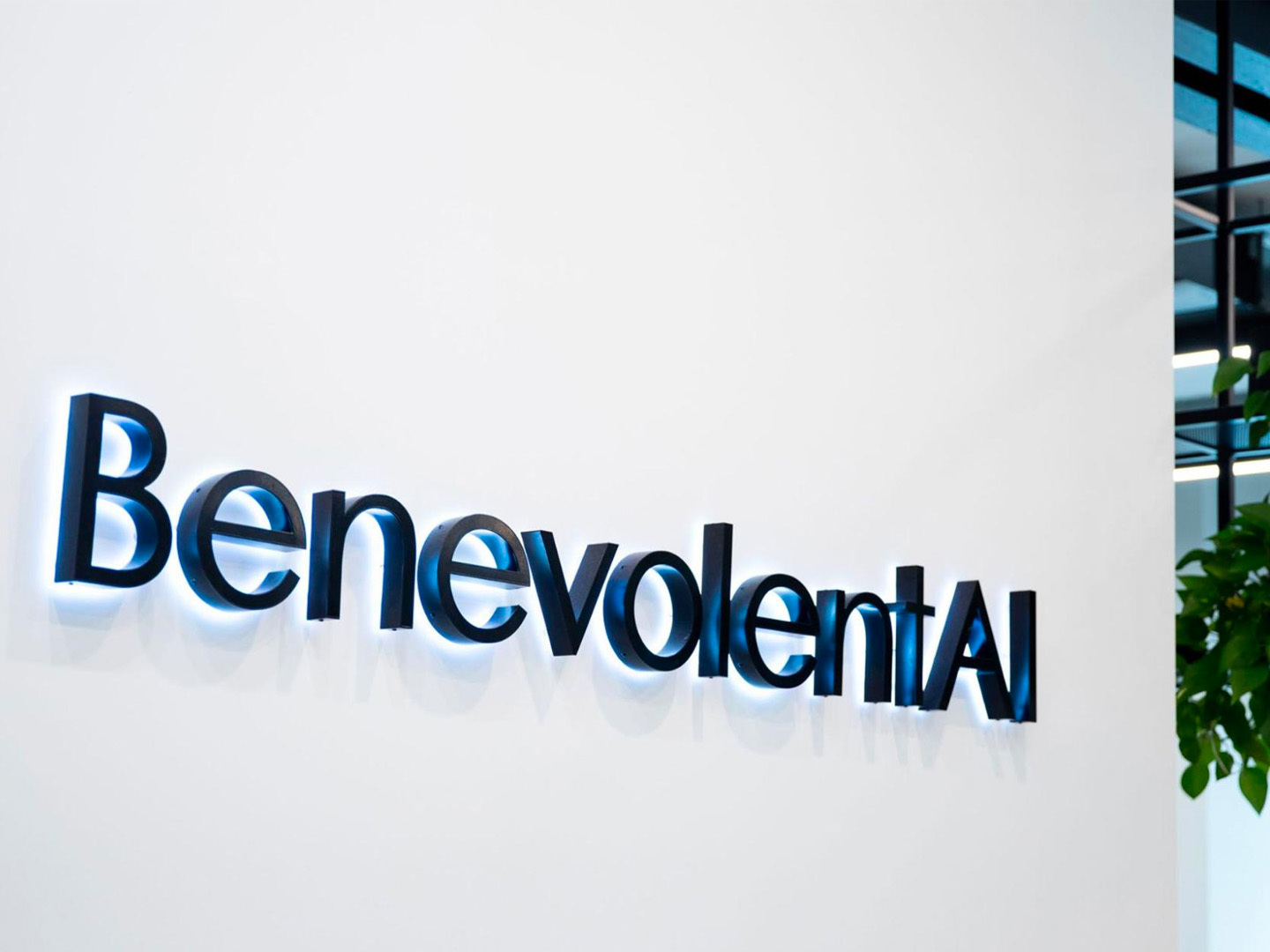Peer-reviewed results from the Adaptive COVID-19 Treatment Trial (ACTT-2) published in the New England Journal of Medicine showed that baricitinib in combination with remdesivir reduces recovery time, improves clinical status and demonstrates a trend towards a decrease in mortality in hospitalised COVID-19 patients with pneumonia.
Those who took both drugs had a median time to recovery of seven days, compared with eight days for those who took only remdesivir. But for people who were on the edge of requiring invasive ventilation, median recovery time fell from 18 days on remdesivir alone to 10 days on both drugs.
This publication follows November’s announcement that baricitinib, first identified as a potential treatment by the BenevolentAI team in February, was granted Emergency Use Authorisation (EUA) by the U.S. Food and Drug Administration (FDA) for use in hospitalised COVID-19 patients who require supplemental oxygen or invasive mechanical ventilation. This latest data further supports the FDA’s decision to issue a EUA, again validating our AI-derived hypothesis for baricitinib as a COVID-19 treatment option.
The urgency of the pandemic heightened the need to identify therapeutic options for patients suffering from severe symptoms of COVID-19. In the last week of January, our CEO, Joanna Shields, asked our team how we could best leverage our technology to combat this public health emergency. Our scientists were a step ahead and were already using the Benevolent Platform® to investigate options.
Following our discovery and scientific collaboration with Eli Lilly, baricitinib was dosed in patients in an unprecedented time frame. While vaccines and mass immunisations will be key to curbing the spread of COVID-19, therapeutic options for infected patients will continue to be crucial in reducing morbidity and mortality from this deadly virus.
Baricitinib is a rheumatoid arthritis drug, owned and marketed by Eli Lilly under the brand name Olumiant™ and is now available as a treatment for hospitalised COVID-19 patients under EUA.
Back to blog post and videos



